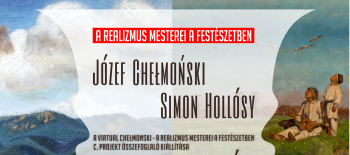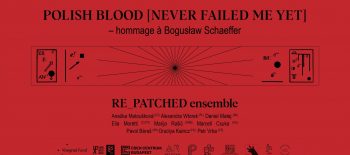“”I think I understand what you’re driving at”, said Redgrave;
“you mean, I suppose, that this world is something like Eden before the fall…”
– Honeymoon in Space, George Griffith, 1900
Kiállitás megnyitó augusztus 25-én 19.00 órakor
Művészek: Beata Filipowicz (PL), Thaïs Lenkiewicz (UK), Sarah Knobel (USA), Lee McDonald (UK), Bex Ilsley (UK), Kathy Rose (USA), Klaus Pinter (A), Thomas C. Chung (AUS), Angela Darby (IRL), Katrina Stamatopoulos (AUS), Silvia Amancei & Bogdan Armanu (RO), Duncan Poulton (UK), Fábián Emőke (HU)
———————————————————————————————————–
Thais Lenkiewicz is a British-born artist of Polish decent who has been living and working in Budapest for almost 2 years. After Eden is a curatorial project involving international artists on a subject of global importance. Participating artists hail from Poland, England, Ireland, Romania, USA, Austria, Australia, China. After Eden will be an experimental exhibition based on the concept of Venus as Earth’s future and Earth as Venus’ past. The show has a subtext of global climate issues and the human relationship with the natural world.
Here lie scenes and objects from another point in time. Whether they are from the past or the future is not evident. Is this the aftermath of the un-checked human impact on the Earth? Some dystopian premonition? A warning? Is this Earth? There is what appears to be a time machine, or a space craft, it’s not clear. These objects may be the archive of findings brought ‘back’ from it’s travels, or perhaps we are standing at it’s final destination, in a place or time distant to our own.
The planet Venus has been a constant source of inspiration to mankind throughout history; both mythical and scientific. It has kept it’s mystery with it’s thick covering of cloud that could not be penetrated by telescope. Up to the 1960’s before the Venera missions of Soviet Russia, visions of Venus’s surface in both popular and scientific communities ranged from Carboniferous swamplands to arid deserts, to vast oceans of carbonated water. In earlier 20th century England, Christian Victorians wondered if there were also people there, and if so, had Christ visited, and suffered for their sins too? All of these romances were brought to an end when the first probe landed and sent back the message: Venus is hell. Those thick clouds were not raining seltzer, but sulphuric acid. The atmosphere was so dense, and the surface temperatures so hot, that the probe was destroyed within the hour.
Venus has commonly been called Earth’s twin. Relatively speaking in it’s size, mass and gravity, Venus has much in common with Earth. In spite of it’s being closer to the Sun, Venus would not be significantly hotter than the Earth due to those thick clouds reflecting much of the Sun’s heat. Venus’s scorching temperature and uninhabitable terrain actually come from a runaway greenhouse effect.
In the face of what we now know about the threats of global warming on our own planet, Griffith’s character’s supposition could be applied to Earth today, rather than a mythical Venus of the past. Could Venus be a vision of Earth’s distant future, left unchecked? Venus: our evil twin; a stark warning against the dangers of neglecting our better judgement for the sake of short-term convenience.
2016. augusztus 25. (csütörtök), 19.00
1061 Budapest, Andrássy út. 32



